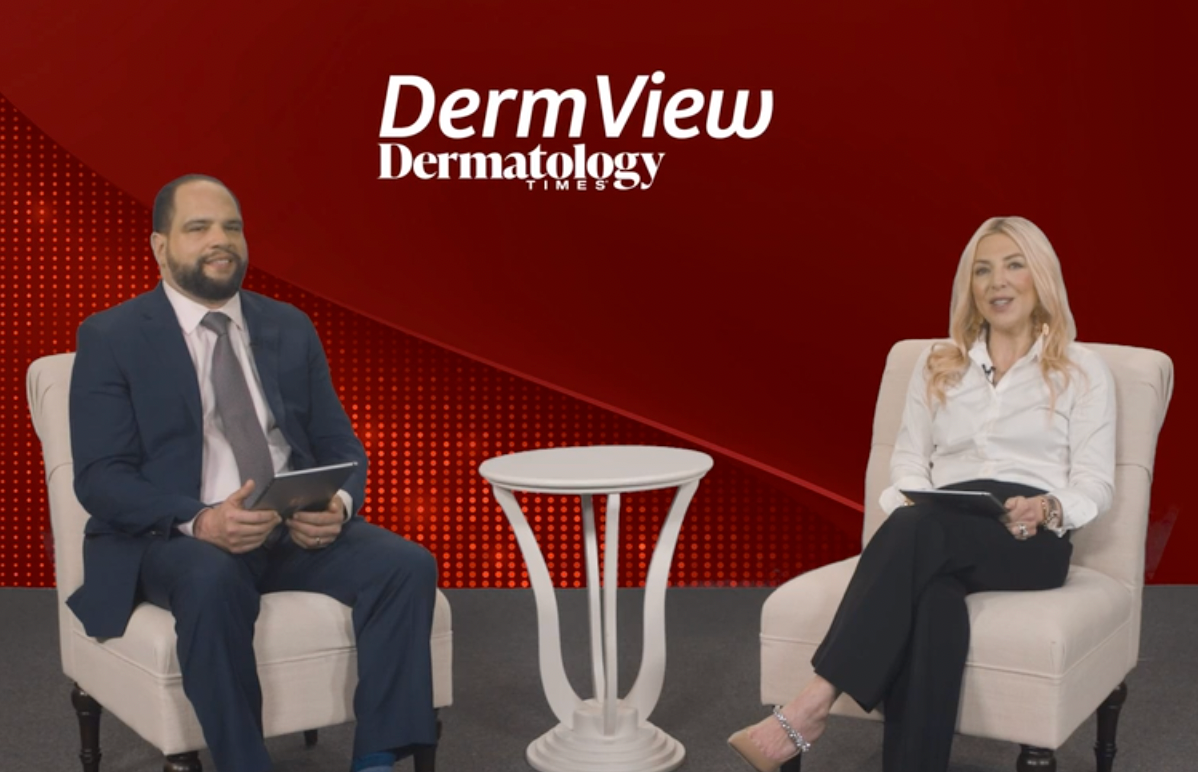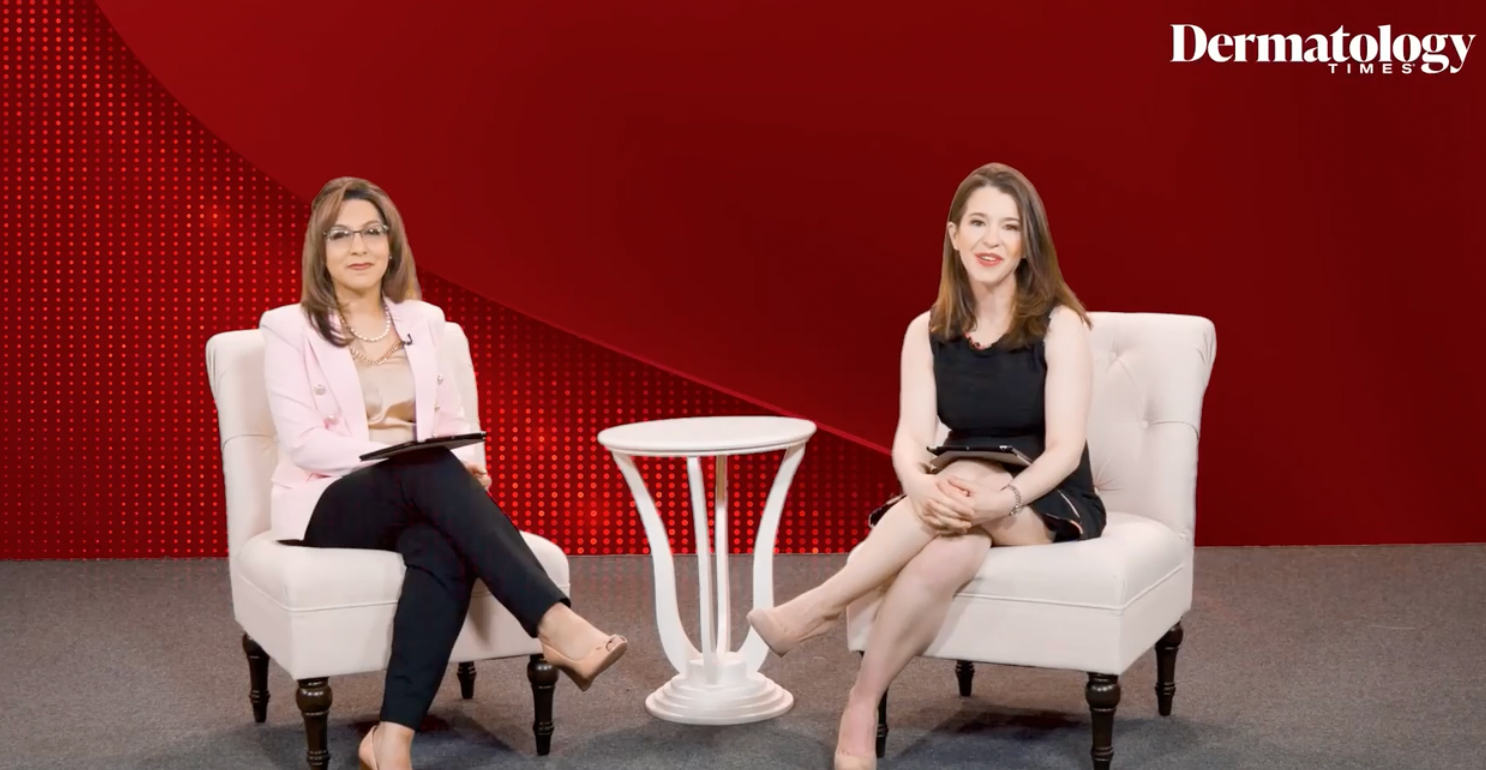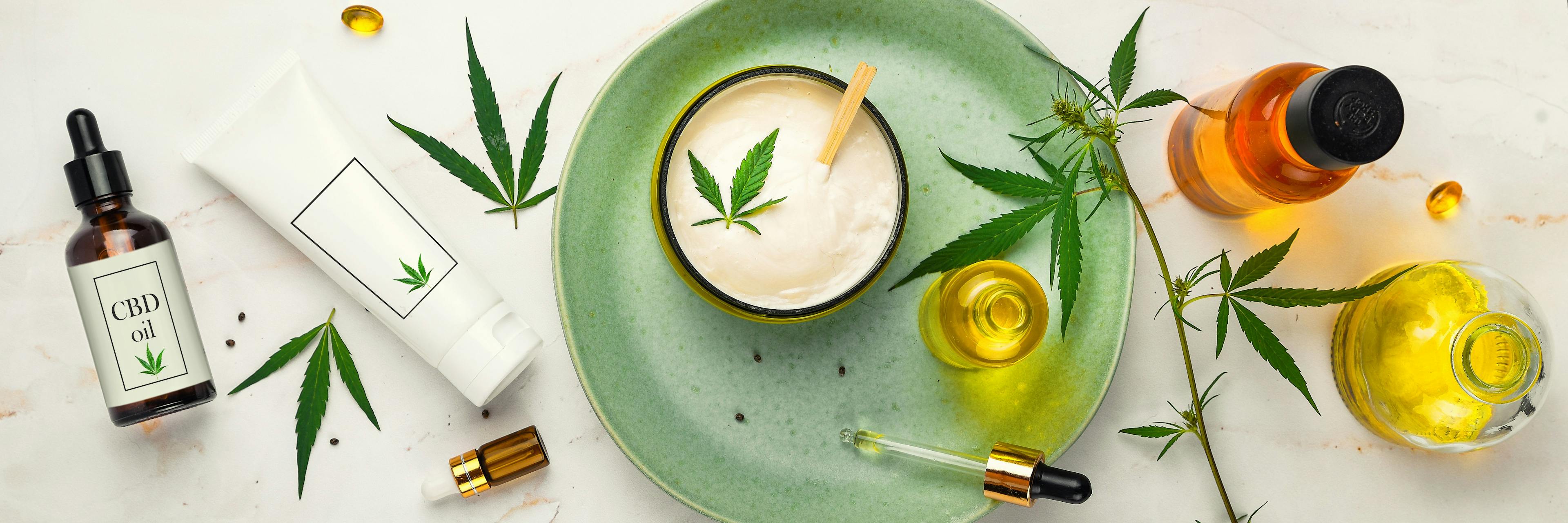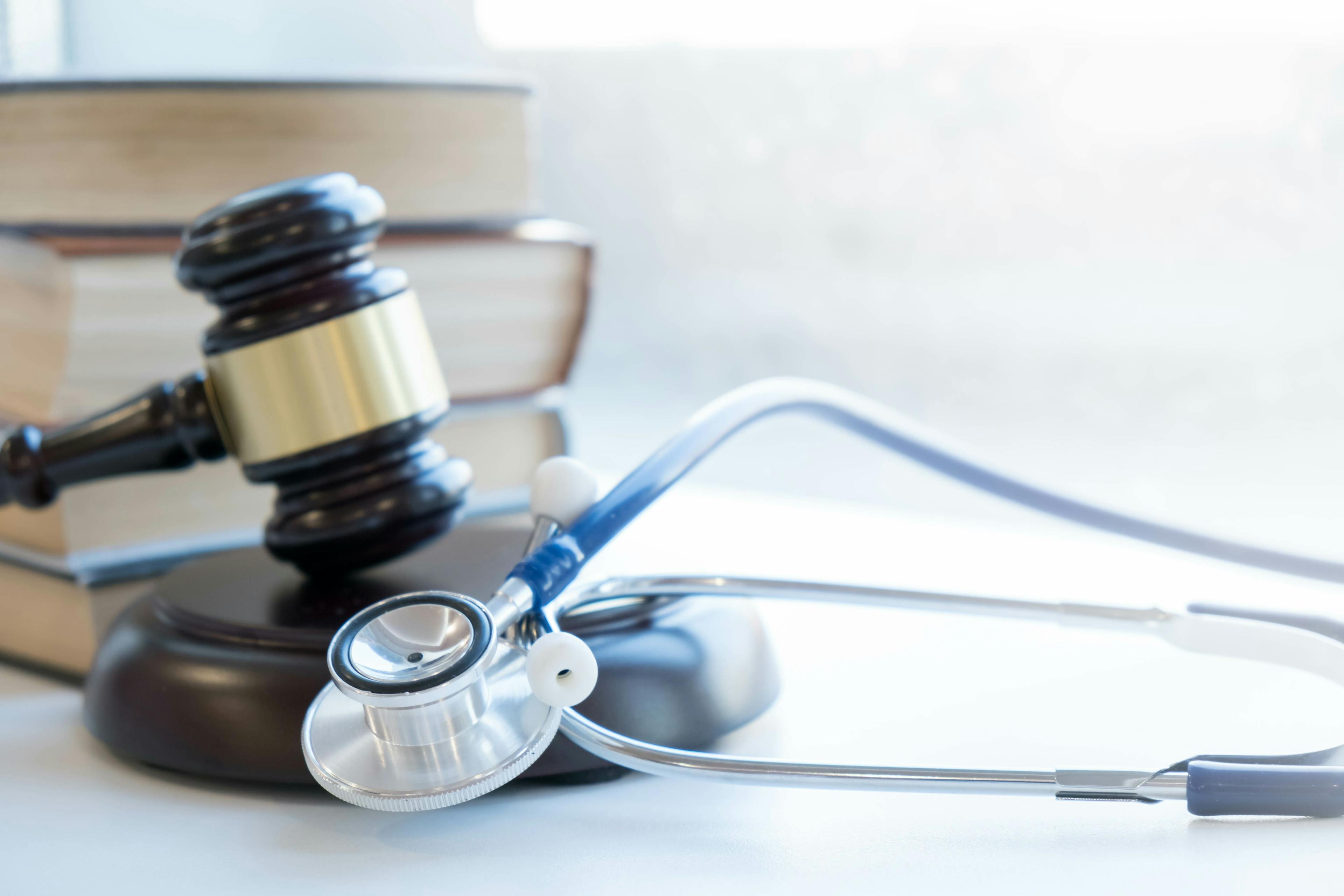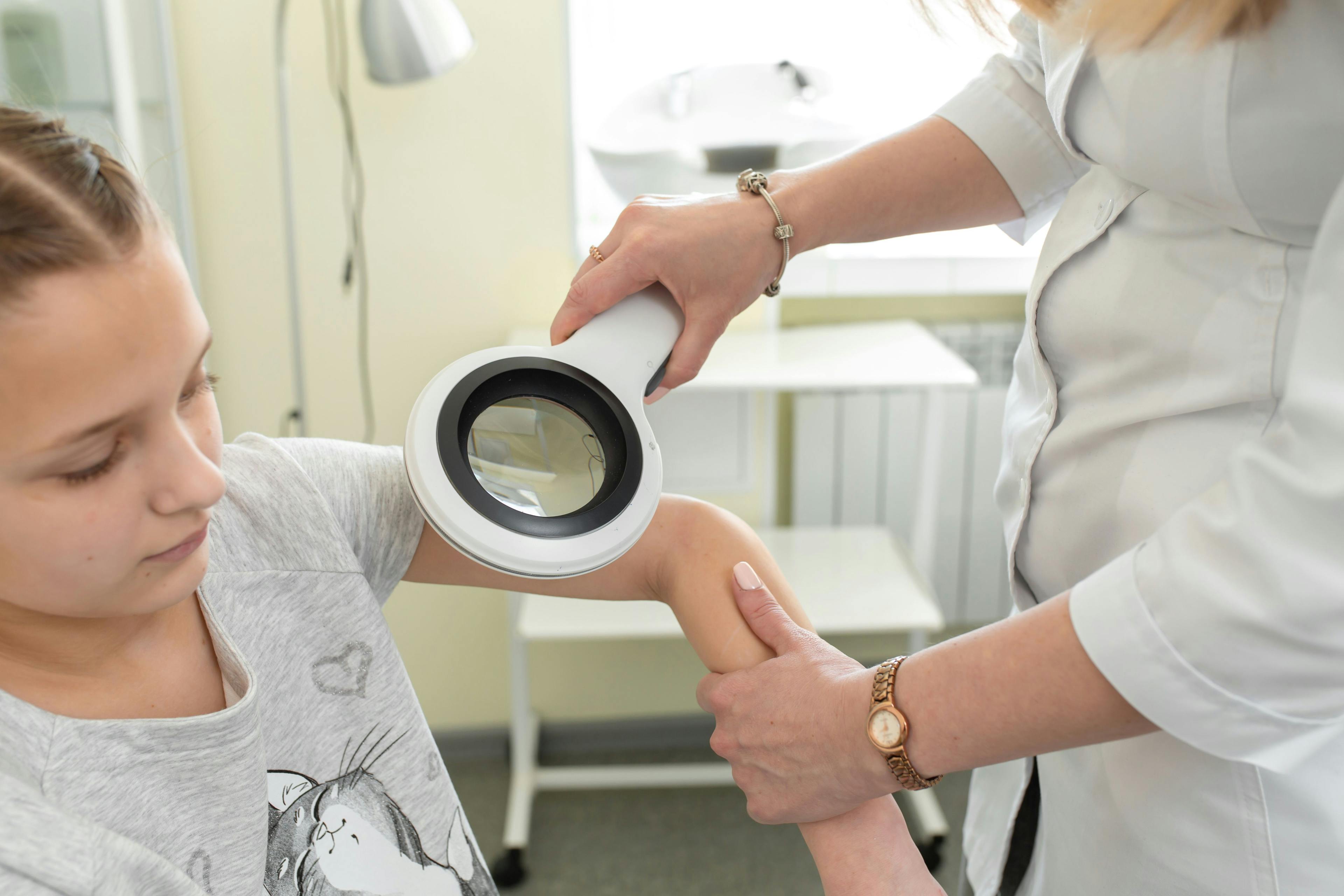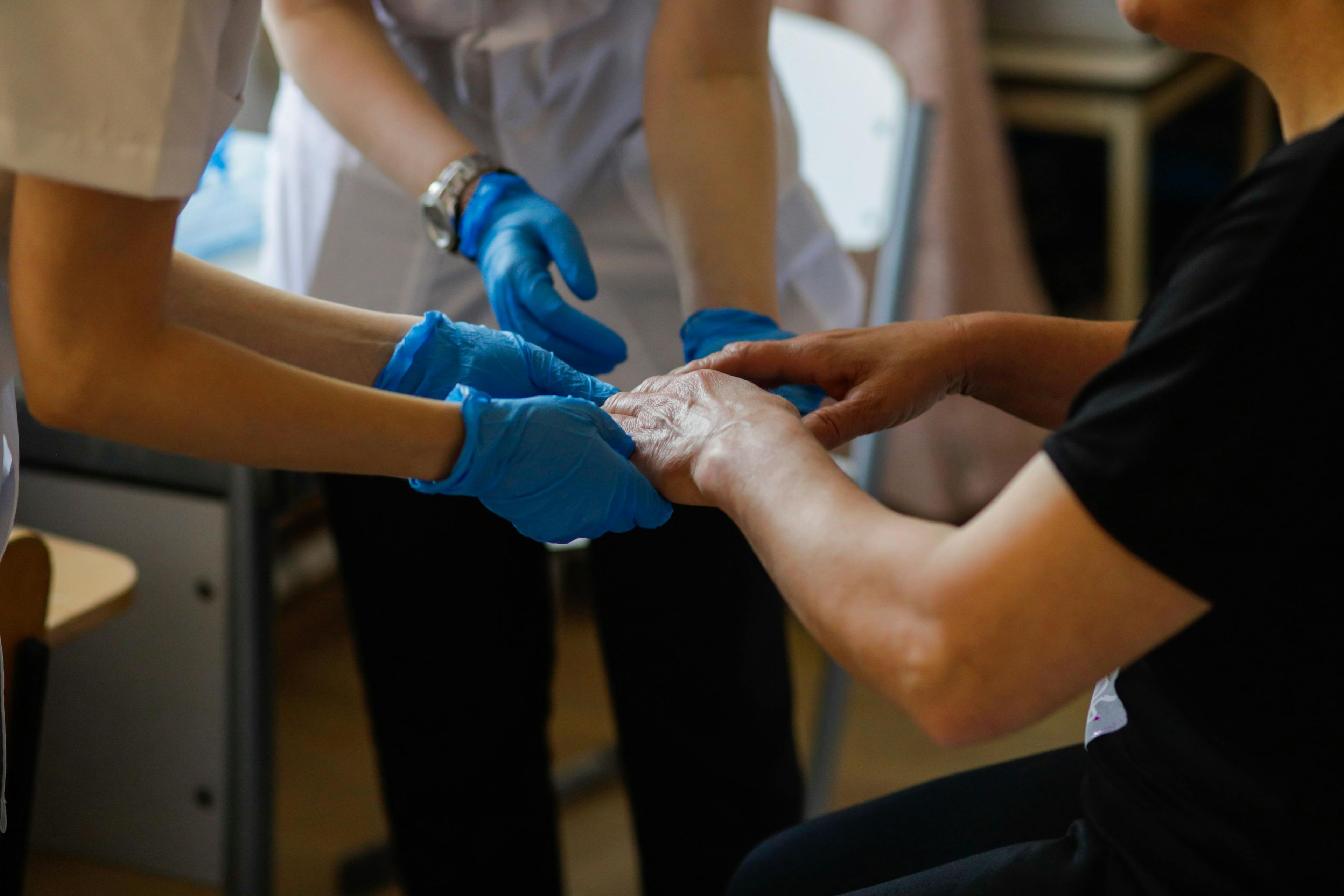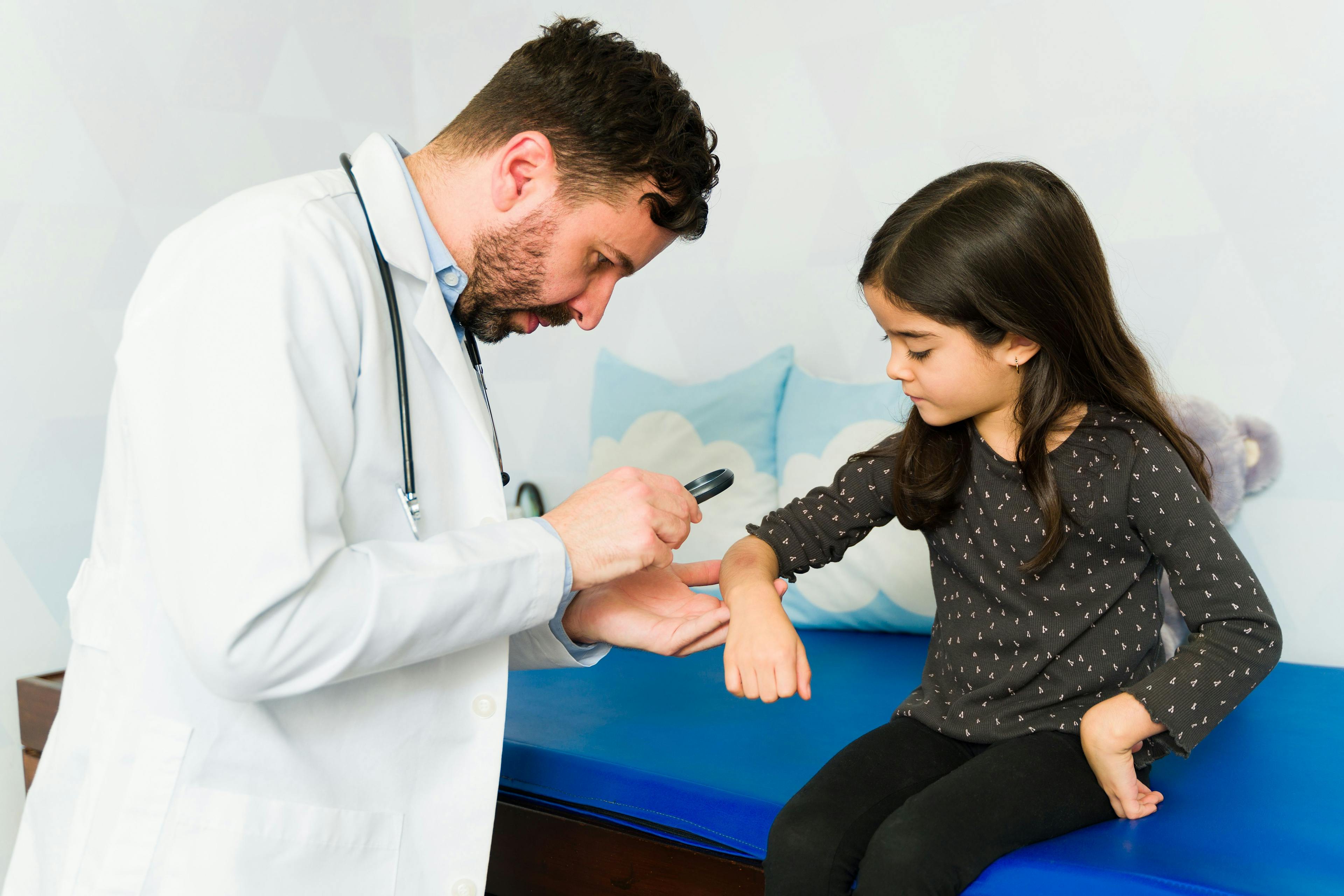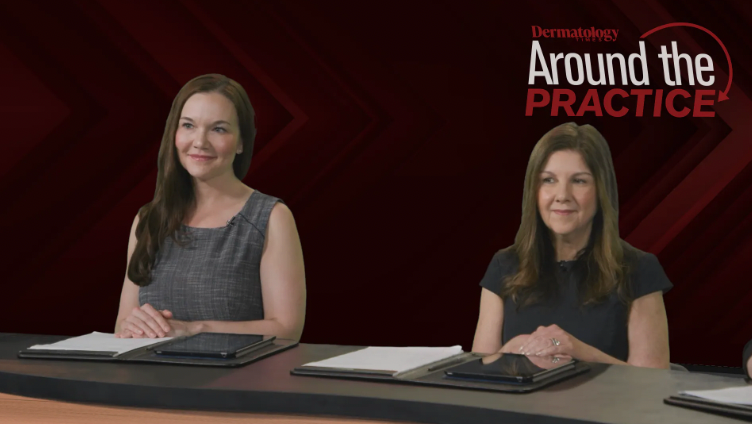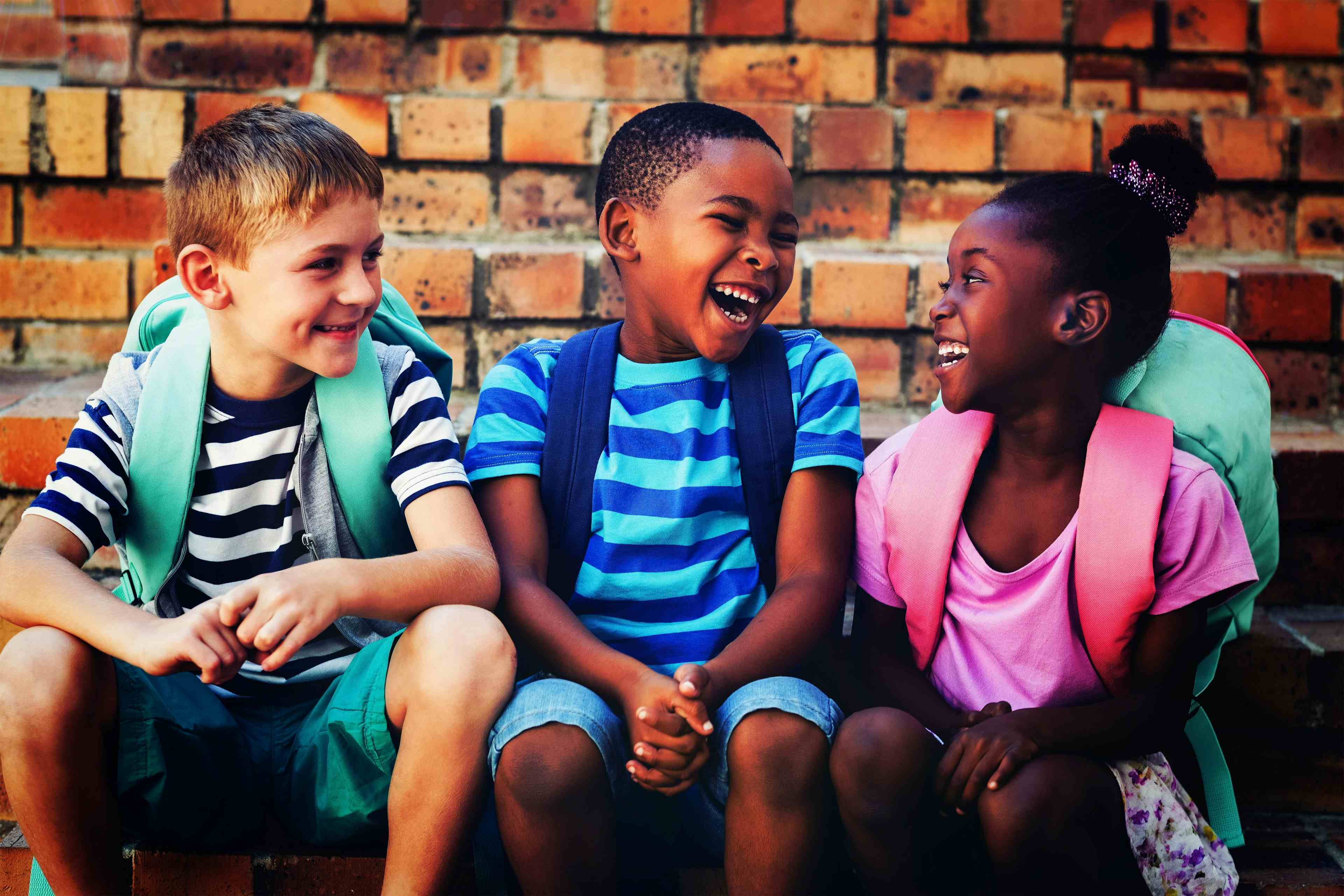Monique Kumar, MD, Mphil, at Advent Pediatric Dermatology, and affiliate assistant professor at University of Central Florida in Orlando, Florida, has learned a lot about working with patients and parents of children with skin conditions and shared her lessons at the 2023 Society for Pediatric Dermatology Meeting in Asheville, North Carolina.1
When Kumar’s first child was born on Earth Day in April 2014, he had a capillary malformation on his face. She truly considers him a gift from Mother Earth, and says his birthday was entirely appropriate. Working with clinicians and explaining the condition to her family gave Kumar first-hand experience in how, and how not, to approach the decision-making process and introduction of a child with a skin condition.
Be Aware of What Parents are Told Before They See the Subspecialist Dermatologist
Sometimes well-meaning nurses and attending physicians do not even mention the skin anomaly. If they do say something, it might be about the temperature in the delivery room and suggest the condition is temporary. New parents hear terms like hemangioma, Sturge-Weber syndrome, and port wine birthmark. They and their families begin looking through the internet and find the worst.
In Kumar’s experience, the neonatologist agreed with her when she said she thought her son had a port wine birthmark and had already requested consultations with neurology and ophthalmology. But with rare diagnoses she questioned if that is always the best course of action, as their knowledge can be limited in these situations. Waiting for an in-patient consult with someone who knows more about the disease may be the better option.
Around the time of Kumar’s son’s birth, a consensus statement was released stating that any child with high-risk because of a port wine birthmark should be referred to ophthalmology for a baseline eye exam. This does not have to happen immediately, though. Her husband, who was a chief resident in ophthalmology at the time, said the diagnostic equipment in the hospital, especially for newborns, was inferior to what was available in an out-patient setting.
Kumar added that pediatric dermatologists can help guide families in making decisions about consultations.
Be Thoughtful about Terminology
A child’s diagnosis will often be the first time a parent is hearing the medical terms and will set the stage for their understanding. Mothers can feel responsible for the condition, wondering if they did something wrong during their pregnancy. Kumar said she makes it a point of letting moms know that the skin anomaly is not their fault.
Words create feelings and she asked if the word “port wine stain” is pejorative. She chooses to call it a port wine birthmark but added that preferred words can be due to regional or cultural influences.
Sometimes Embracing Uncertainty is Good Care
Kumar and her husband chose to have the neurology consult in the hospital after talking with a pediatric neurologist. This is a question Kumar has thought more about: When should a screening magnetic resonance imaging (MRI) be performed? Many issues are involved with the MRI including who should order it, how do you order it, and when do you order it. Also, if the screening MRI is negative, should it be repeated because maybe something was missed.
Tips for Calming Concerns of Parents
- Be Aware of What Parents are Told Before They See the Subspecialist Dermatologist
- Be Thoughtful about Terminology
- Sometimes Embracing Uncertainty is Good Care
- Don’t Assume Pulse Dye Laser (PDL) is Financially Covered
- Make Parents Feel Comfortable with PDL Treatments
- Take Photos
- Remember Support Groups
- Trust Your Instincts
She said that luckily there is another consensus statement that says that infants with a high-risk port wine birthmark but no history of neurological symptoms should be screened in the office but not necessarily have an MRI. The statement goes on to recommend that children who may be undergoing a high-risk procedure to determine if they need presymptomatic treatment should have an MRI.
The Kumars chose not to do a screening MRI and were discharged with their newborn son. The next question they faced was whether to treat the port wine birthmark. After discussing if waiting until their son was older to let him make that decision, they opted for treating the birthmark because treatment can work best when performed at a young age. It is a decision that each family faces.
Treatment is a process and will raise questions within the family and community. The cost of treatment is another consideration. Also, skin conditions can cause psychosocial stress that treatment can abate.
Don’t Assume Pulse Dye Laser (PDL) is Financially Covered
She pointed out that every insurance plan, deductible, even when treatment is allowed, is different. Charges vary depending on where the treatment takes place. Kumar added that she offers a self-pay price to families that want to treat. She will also use a letter of medical necessity to assist families.
Make Parents Feel Comfortable with PDL Treatments
For the first treatment she offers to let a parent feel the laser so they have an idea of what their child will be experiencing because lasers are scary. Kumar also allows the parents to take their child to another room to comfort immediately following the procedure, and she keeps the treatment area small and moderate. She also said that music can help reduce anxiety during the procedure so she will often sing.
Take Photos
Kumar admitted that, even as a physician, she was uncomfortable sending out a birth announcement with a color photo, so they chose to use black and white. But she now advocates for families to take color photos to track progress, with or without treatments. “This birthmark may set them apart but it doesn’t define them,” said Kumar. Some photographers specialize in taking photos of these beautiful children.
Remember Support Groups
Sharing experiences with others who are going through the same emotions and decisions can be very helpful, so offering suggestions on groups that families can join, whether in-person or online can help families feel like they are not alone.
Trust Your Instincts
Understanding grows and changes with time. Kumar’s son is now 9 years old and after 10 PDL treatments has no neurological or ophthalmological issues. They did discover that he has some bilateral sensorineural hearing loss because he could not read lips through masks during the pandemic. Kumar’s mother asked if the hearing loss could be due to the port wine birthmark. While Kumar initially answered that it was not, after reading more about it, she realized there is not a lot of research on hearing loss and port wine birthmarks. She invited doctors to do more investigating.
Pediatric “Derm-mom-atologist"
Kumar considers herself a pediatric derm-mom-atologist and added that being a parent has “made me a better doctor, has changed my perspective, my empathy has increased, my patience has increased, my understanding has increased.” She first talks to her patients’ families as a doctor but then gives her perspective as a parent.
Reference
- Kumar M. Lessons learned as a parent of a child with a vascular anomaly. Presented at the 2023 Society for Pediatric Dermatology Meeting; July 13-16, 2023. Asheville, NC.





